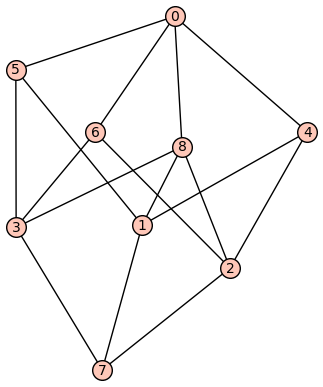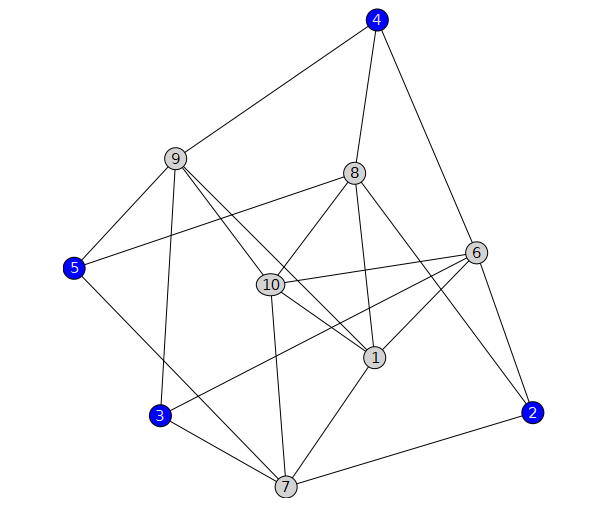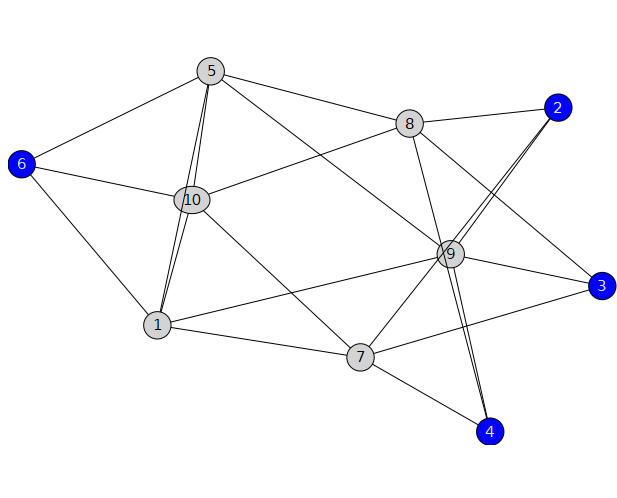Here is a 9-vertex graph with degree sequence 4 4 4 4 4 3 3 3 3 that does not have a Hamilton cycle (because it is bipartite on an odd number of vertices).

Edit: Here is one line of SageMath showing that this is the only example of this size.
[g.graph6_string() for g in graphs.nauty_geng("-C 9 16 -d3 -D4") if not g.is_hamiltonian()]
Edit 2: Turns out this graph is more structured than the picture shows and it easily leads to an infinite family.
For some $m \geqslant 3$, take the graph $K_{m,m}$ and delete a matching. This leaves $2m$ vertices, each of degree $m-1$. Now add another vertex adjacent to the $m$ vertices of one colour class. This upgrades these $m$ vertices to degree $m$, and the new vertex also has degree $m$. So now we have $m$ vertices of degree $m-1$ and $m+1$ vertices of degree $m$, as required. The graph is still bipartite and has an odd number of vertices.



